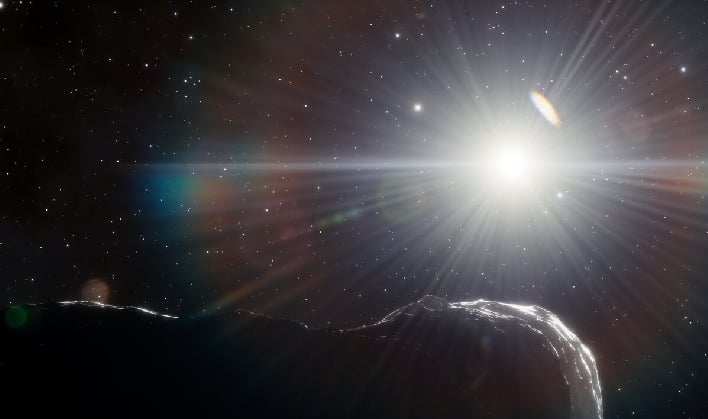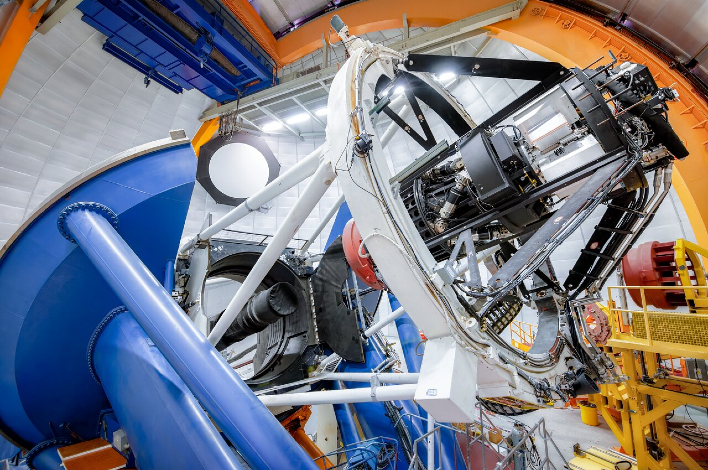Planet Killer Asteroid That Could Threaten Earth Discovered Hiding In Sun's Glare

It seems like new near-Earth asteroids are being discovered every other day. While none so far have presented any type of immediate danger to Earth, it is still nice to know that astronomers are keeping a watchful eye on the sky. However, the greatest danger may come from asteroids hiding in the glare of our Sun. Twilight observations with the US Department of Energy hope to solve that problem, by utilizing the Dark Energy Camera.
DECam is mounted on top of the Victor M. Blanco 4-meter telescope at Cerro Tololo Inter-American Observatory (CTIO) in Chile. The telescope was completed in 1974, and was the third largest telescope in the world at the time. The telescope was renamed in 1995, in honor of Victor M. Blanco, a Puerto Rican astronomer and former director of CTIO.

The international team took advantage of brief, yet favorable, conditions during twilight to unveil a trio of NEAs. One is a 15-kilometer-wide asteroid called 2022 AP7, which could one day have an orbital path that could place it in Earth's path. The other two asteroids are believed to have orbital paths that will keep them safely out of harms way.
One of the asteroids, called 2021 PH27, is of particular interest to astronomers and astrophysicists, as it is the closest known asteroid to the Sun. Because of its proximity to the Sun, it has the "largest-relativity effects of any object in our Solar System," which causes its surface to reach temperatures hot enough to melt lead.
"These are likely only a few NEAs with similar sizes left to find and these large undiscovered asteroids likely have orbits that keep them interior to the orbits of Earth and Venus most of the time," remarked Sheppard. He continued to say that only about 25 asteroids with similar orbits have been detected, due to the difficulty of seeing them near the glare of the Sun.
Sheppard says that the DECam survey is one of the largest and most sensitive searches to ever be performed for objects within Earth's orbit and close to the orbit of Venus. He explained that this is a unique opportunity to discover and understand what types of objects are "lurking in the inner Solar System."

